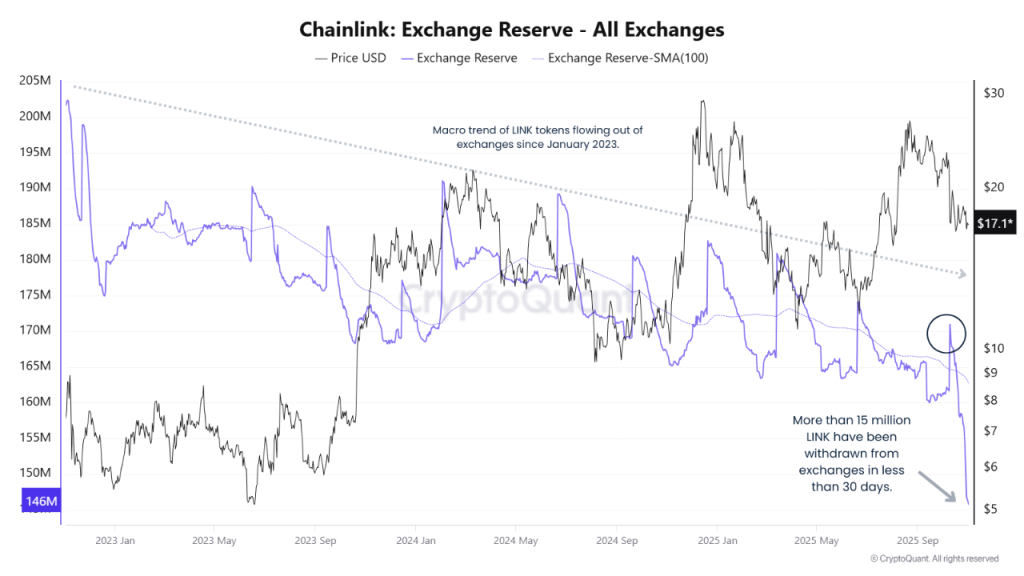SUSHI experiences a 0.18% increase over 24 hours, while facing a 14.41% drop in the past week as a result of overall market downturn.
- SUSHI rose 0.18% in 24 hours but fell 14.41% in 7 days, reflecting broader crypto market weakness and sustained bearish pressure. - Technical indicators show oversold RSI, bearish moving averages, and negative MACD, reinforcing pessimism about SUSHI's short-term recovery. - A backtesting strategy tested buying SUSHI after 10%+ drops with 10% take-profit and 8% stop-loss aims to assess mean-reverting potential amid volatility. - Despite temporary 24-hour gains, SUSHI's 66.96% annual decline highlights str
As of November 3, 2025,
Recent price trends emphasize the ongoing difficulties SUSHI encounters in sustaining upward movement. The gain seen in the last day may signal short-lived buying activity, but it stands out against a backdrop of persistent selling. The continued monthly decline of 8.09% indicates that significant resistance levels have yet to be decisively challenged. Experts believe that unless the broader market sees a strong recovery, SUSHI is likely to stay exposed to further declines.
Technical analysis has been instrumental in reinforcing the negative outlook for SUSHI. The RSI has been in oversold conditions for several weeks, yet the token keeps testing lower support levels. Furthermore, both the 50-day and 200-day moving averages remain in a bearish configuration, suggesting that any short-term rallies may not last. The MACD has also stayed negative for a prolonged period, with no clear indication of a bullish crossover emerging.
Backtest Hypothesis
Based on the technical signals mentioned, a practical backtesting method was outlined. The strategy treats each day when SUSHI drops by 10% or more as a possible opportunity to enter a long position. Once initiated, the position remains open until a set exit condition is met—such as holding for a fixed number of days (for example, 5 trading days) or using risk management rules (like a 10% profit target, 8% stop loss, or a maximum of 10 days). This method is intended to test whether buying after sharp declines and exiting with a profit or stop loss could be effective.
The purpose of the backtest is to evaluate if SUSHI tends to revert to the mean following significant drops. By applying this approach to historical data from January 1, 2022 onward, the analysis aims to measure key statistics like total profit and loss, win rate, and maximum drawdown. This helps assess whether a systematic trading strategy could have produced gains despite the token’s high volatility.
Disclaimer: The content of this article solely reflects the author's opinion and does not represent the platform in any capacity. This article is not intended to serve as a reference for making investment decisions.
You may also like
Chainlink Price Prediction 2025: Rising Institutional Adoption Eyes $100 Target

DeFi Faces Confidence Challenges: External Mismanagement Reveals Deep-Rooted Vulnerabilities
- Stream Finance halts deposits/withdrawals after $93M loss from third-party mismanagement, triggering XUSD depegging and systemic risks. - Perkins Coie investigates, highlighting DeFi governance flaws as XUSD’s 58% 24-hour drop impacts $280M in linked loans. - Industry warns of trust fragility; incident coincides with Balancer’s $116M hack, amplifying crypto sector scrutiny. - Stream’s crisis underscores risks in DeFi’s reliance on external managers amid broader economic pressures and regulatory tightenin

Solana Latest Updates: Bitcoin Falters, Solana Shows Uncertainty While MoonBull's Tokenomics Spark November Rally
- Bitcoin fell below $116,000 in late October amid cautious positioning before the Fed meeting, with on-chain metrics showing stable miner holdings. - Solana dropped 6% after Jump Crypto swapped $205M SOL for BTC, highlighting altcoin volatility despite $100B+ market cap support from ETF approvals. - MoonBull ($MOBU) surged 163% in presale with 95% APY staking, leveraging deflationary tokenomics and meme-driven adoption to outpace BNB/AVAX in 2030 ROI forecasts. - Institutional crypto infrastructure deals

Tokenized Treasuries Reach $8.7 Billion as Authorities and Competing RWA Platforms Draw Near
- Tokenized U.S. Treasuries surpassed $8.73B AUM, driven by institutional demand and yield seekers, with BlackRock and Securitize leading the market. - Regulatory scrutiny intensifies as CFTC and Hong Kong tighten oversight, while RWA rivals like tokenized gyms and education assets challenge treasury dominance. - Liquidity constraints and redemption restrictions persist, but ISO 20022 blockchain integration signals progress toward bridging TradFi and digital finance. - Market growth faces hurdles including
